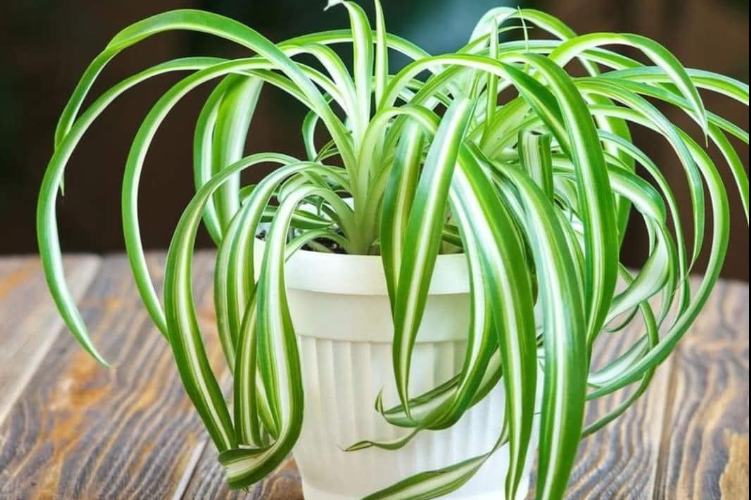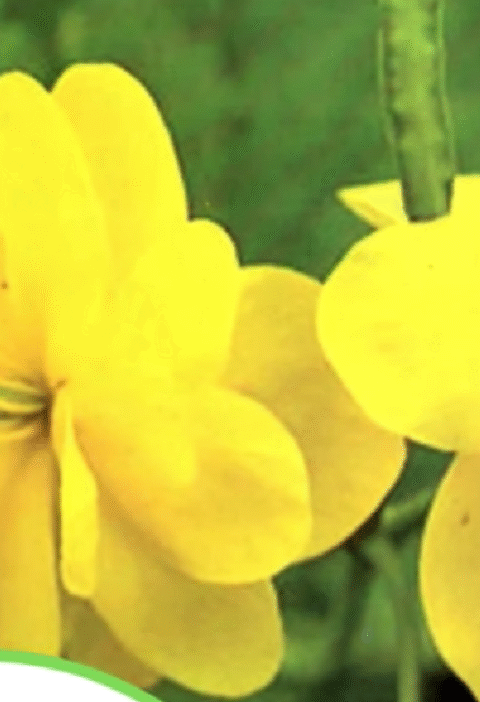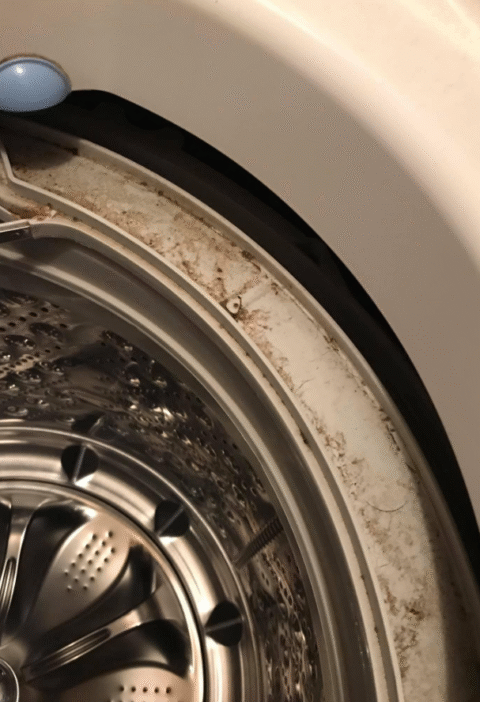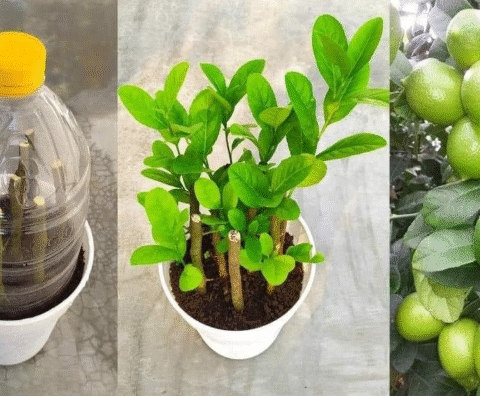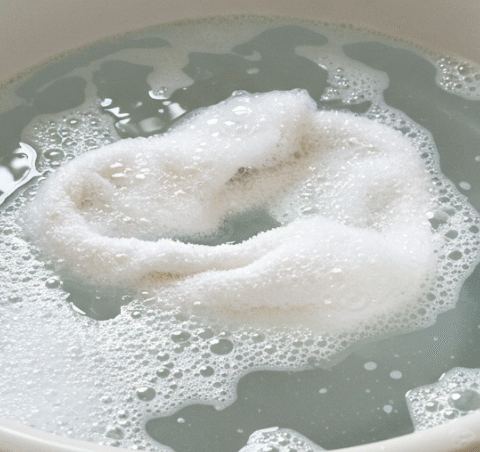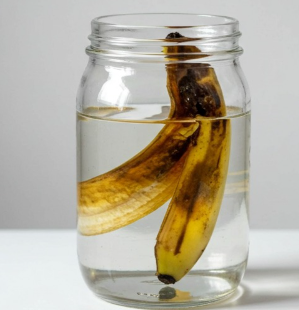The Ultimate Guide to Pruning Spider Plants (Chlorophytum comosum): Maximize Growth, Health & Babies 🌿
Introduction
Spider plants (Chlorophytum comosum) are adored for their arching foliage and prolific “babies” or spiderettes. They’re incredibly forgiving—but did you know that regular pruning is a secret weapon to keep them lush, vibrant, and full of life? In this comprehensive guide, we’ll explore why pruning matters, when and how to do it properly, and expert insights to help your spider plant thrive like never before.
Why Prune Your Spider Plant?
- Encourages New Growth: Removing old, brown, or damaged leaves redirects energy toward fresh foliage growth :contentReference[oaicite:0]{index=0}.
- Boosts Spiderette Production: A little pruning stress often triggers more stolons and babies to appear :contentReference[oaicite:1]{index=1}.
- Improves Appearance: Removing brown-tipped, yellow, or overgrown leaves keeps the plant tidy and attractive :contentReference[oaicite:2]{index=2}.
- Prevents Disease & Pests: Clearing decaying foliage reduces risk of fungal issues or pests like spider mites :contentReference[oaicite:3]{index=3}.
When to Prune
You can prune year-round, but the best time is during the active growing season—spring through early summer:
- Spring–Summer: Ideal for encouraging vigorous growth, shaping, and propagating spiderettes :contentReference[oaicite:4]{index=4}.
- Winter: Only light pruning—remove dead or diseased leaves; avoid heavy trimming unless necessary :contentReference[oaicite:5]{index=5}.
Tools You’ll Need
- Sharp scissors or pruning shears (cleaned before and after cutting).
- Isopropyl alcohol or hot soapy water to sterilize tools.
- Gloves (optional if you’re sensitive to plant sap).
- Small pot or container for propagation.
Parts of the Plant to Prune
- Brown-tipped or dead leaves: Remove whole leaf if largely brown, or trim just the tip at a 45° angle if only lightly damaged :contentReference[oaicite:6]{index=6}.
- Yellowing or old foliage: Gently remove to open space for new growth.
- Spiderettes and stolons: Trim optional runners to reduce clutter or to propagate new babies :contentReference[oaicite:7]{index=7}.
- Flower stems: Cut back dried flower stalks once they’re spent; wait if baby plantlets are forming.
Step‑by‑Step Pruning Guide
Step 1: Inspect Your Plant
Look for brown tips, dead leaves, yellowed foliage, dried-up pups, and runner crowding.
Step 2: Sterilize Tools
Disinfect shears or scissors with rubbing alcohol or hot soapy water to avoid transferring pathogens :contentReference[oaicite:8]{index=8}.
Step 3: Remove Dead or Damaged Leaves
Trim at base near soil or cut brown tips at a 45° angle, mimicking natural leaf shape.
Step 4: Trim Excess Foliage
Remove outer yellowing leaves to promote central growth. Never remove more than 25% of foliage at once to avoid shock.
Step 5: Snip Spiderettes
Cut runners near the base to propagate or declutter. Root pups individually in water or soil once roots appear.
Step 6: Prune Flower Stems
After blooms fade, cut flower stalks back unless spiderettes are forming—then wait until roots appear before removing.
Frequency of Pruning
| Type | Purpose | Timing |
|---|---|---|
| Light pruning | Trim brown tips & dead foliage | Every 2–3 months |
| Moderate pruning | Reshape & encourage growth | Spring or early summer |
| Heavy pruning | Rejuvenate leggy plants | Once or twice per year |
How to Propagate Spiderettes
Select healthy plantlets with visible root nodules or emerging roots. Cleanly snip from the runner and:
- Root in clean water until 1–2 in of roots appear, or pot directly into moist soil.
- Keep medium moist, provide bright, indirect light.
- Transplant to its own pot once roots are well established.
Mistakes to Avoid 🚫
- Over‑pruning: Removing more than one-third at once can stress the plant.
- Dirty tools: Risk of disease transfer—always sterilize.
- Cutting healthy central leaves: Focus on older outer foliage first.
- Ignoring browning tips causes: Address water quality, humidity, or fertilizer issues :contentReference[oaicite:9]{index=9}.
Post‑Pruning Care Tips
- Water: When top inch of soil is dry—use rainwater or distilled to avoid fluoride or chlorine damage :contentReference[oaicite:10]{index=10}.
- Light: Bright, indirect light indoors. Avoid harsh direct sun :contentReference[oaicite:11]{index=11}.
- Fertilizer: Monthly balanced feed during growing season; skip in winter :contentReference[oaicite:12]{index=12}.
- Repot if root‑bound: Every 2–3 years, refresh soil and provide room for growth :contentReference[oaicite:13]{index=13}.
Nutrition & Health Benefits Table
| Action | Health Benefit | Measurement | Optimal Weight/Condition |
|---|---|---|---|
| Trim brown tips | Improves aesthetic & air exchange | 1–2 cm cut | Healthy green leaves |
| Remove old leaves | Redirects energy to new growth | Up to 25 % of foliage | Compact rosette form |
| Prune spiderettes | Propagates new plants | Snip 1 in from base | Strong baby plants with roots |
| Flower stalk removal | Tidies appearance post bloom | Cut near crown | No dead stalks |
Expert Insights 🧠
As plant health specialist Dr. Leila Nour notes, “Spider plants respond beautifully to minimal, targeted trims—especially when damaged foliage or pups are removed cleanly.” And horticulturist Prof. Mark Benson adds, “Sterile tools are non-negotiable; a single contaminated cut can hinder recovery.” These experts emphasize that precise, light pruning stimulates fresh leaf growth and abundant spiders without shocking the plant.
10 FAQs
- Can I cut spiderettes without hurting the mother plant?
Yes. Removing pups often benefits the parent plant, encouraging more growth. - Is it safe to trim brown tips regularly?
Absolutely. It keeps the plant looking tidy and doesn’t damage overall health. - Will pruning trigger more spiderettes?
Often—mild stress can encourage more stolon production. - What’s the best season for propagation pruning?
Late spring or early summer, when growth is most active. - How much foliage can I remove at once?
Never more than 25–30 % to avoid plant shock. - Do I need to sterilize tools even for small cuts?
Yes. Disease transfer risk is real—even with minor pruning. - Should I trim flower stems after blooming?
Yes—unless you’re waiting for rooted spiderettes to form. - Why do leaf tips go brown?
Usually due to fluoride/chlorine in tap water, low humidity, overfertilizing, or too much sun. - Is propagation better in soil or water?
Both work—but rooting in water lets you monitor root development before planting. - How often should I repot?
About every 2–3 years, especially if roots crowd the pot or new growth slows.
Conclusion
Pruning is a simple yet transformative way to breathe new life into your spider plant. By removing damaged leaves, managing spiderettes, and shaping growth seasonally, you’ll foster a bushier, more productive plant. Follow the expert advice, stay gentle and consistent, and your spider plant will reward you with lush foliage and abundant little babies for years to come. 🌱 Happy pruning!
